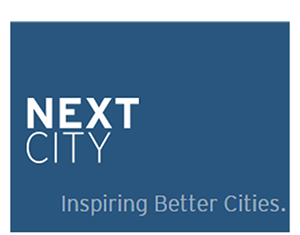

A new species of city is making itself known across the country through its steady success during uncertain economic times.

Are Big College Towns the Key to the American Dream?
While everyone else suffered in the recession, this new urban speciries somehow kept unemployment, cots of living, and crime rates down. What we can learn from ‘University Cities.’

New Species of City Discovered: The University City.
Post-industrial City. Metropolis. Border Town. Tourist Mecca. We like to classify our cities, giving them labels that signal what make them tick, why they’re special. Now, data suggest there’s another uban typology to add to the list: The University City.

Pa.’s college towns capitalize on the knowledge economy.
Pittsburgh and State College take different approaches to appeal to students and private industry alike.

Lexington one of six ‘university cities’; can it take advantage of it?
Lexington has been a college town for more than 200 years. But when Scott Shapiro, a top aide to Mayor Jim Gray, was benchmarking local data against other cities recently, he discovered something interesting: Lexington was one of six U.S. cities whose numbers place them in a unique category.

Higher ed brings $2.4 billion to Northern Colorado each year, study says
Every pair of Ram horns you see, every CSU sweatshirt or bumper sticker, is an emblem of its part of $2.4 billion in annual economic impact, estimated by a recently published study on the economic value of public colleges and universities in Northern Colorado.

Lexington one of six ‘university cities’; can it take advantage of it?
Lexington has been a college town for more than 200 years. But when Scott Shapiro, a top aide to Mayor Jim Gray, was benchmarking local data against other cities recently, he discovered something interesting: Lexington was one of six U.S. cities whose numbers place them in a unique category.

UNL impacts Lincoln’s classification as ‘University City’
Lincoln, along with five other U.S. metros, is a new species of city, according to research conducted by Scott Shapiro, chief innovation officer for Mayor Jim Gray of Lexington, Kentucky. Named the “University City,” universities and their students make up a core demographic to these cities’ economy and civic life.

